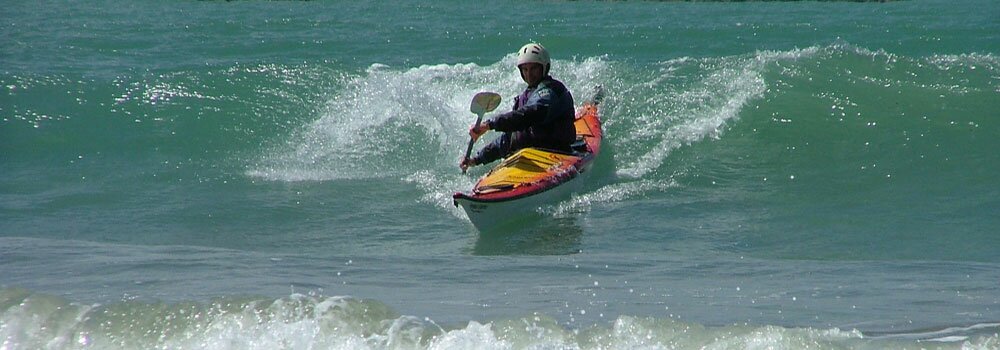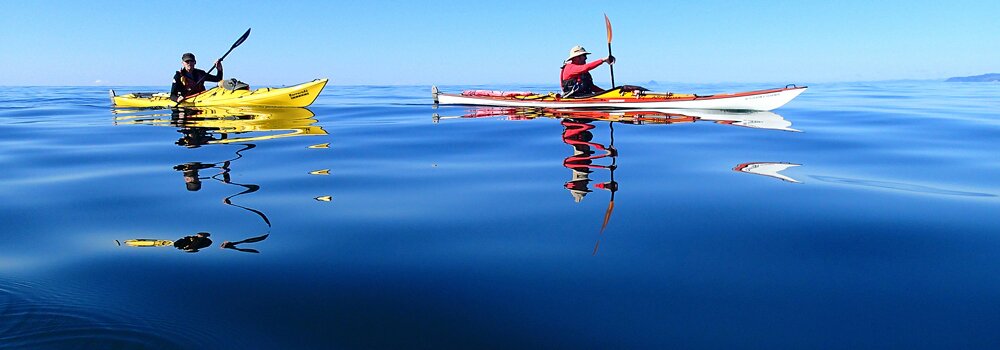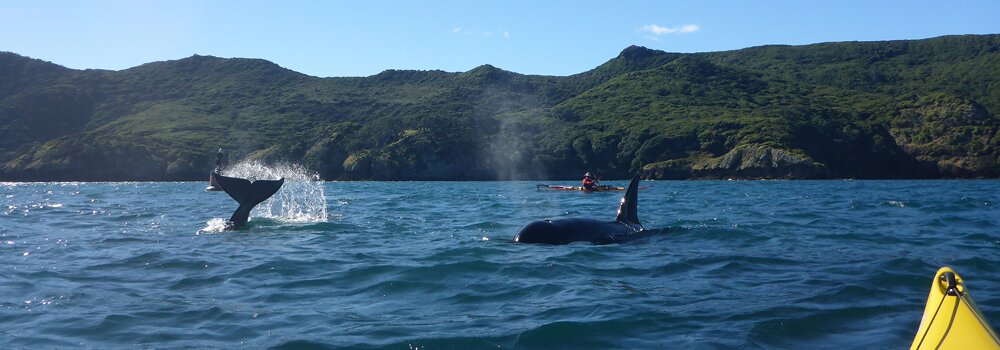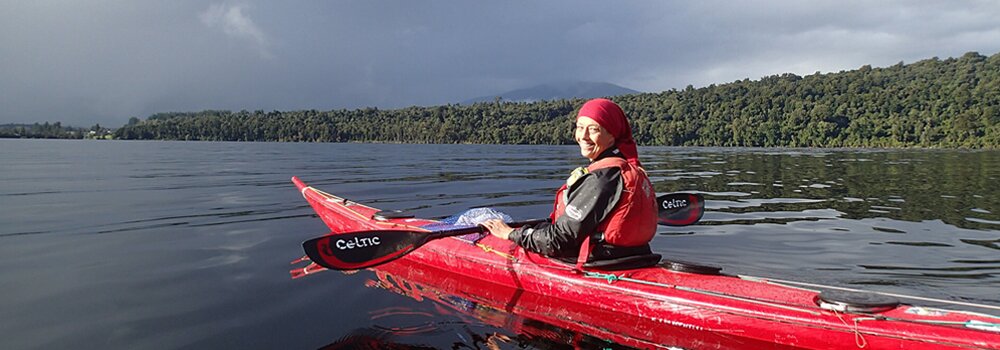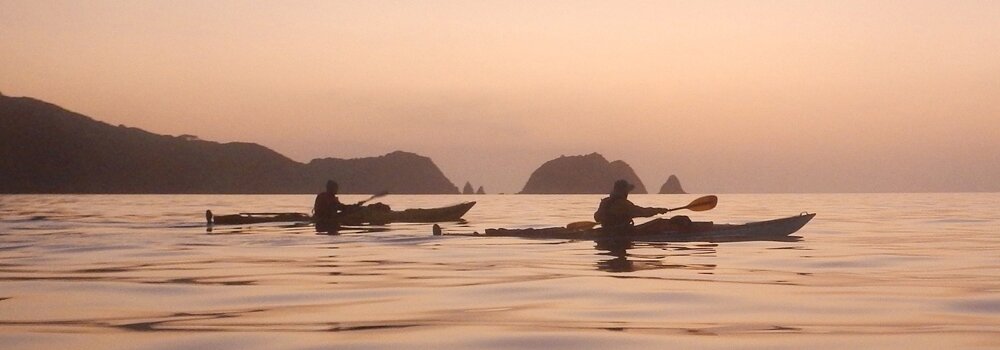Conservation
Marginal strips guideline
The Marginal strips guideline.doc, titled The Identification of Water Bodies that will qualify for Marginal Strips is a guideline that is intended to assist surveyors to identify water bodies that will qualify for marginal strips when the Crown is disposing of the adjoining land.
It is based on the Department of Conservation’s interpretation of the relevant provisions of the Conservation Act 1987 but it is not intended as a substitute for the legislation or legal advice.
Its full DoC title is DOCDM-192684 Marginal strips guideline.doc
Conservation and Access Issues
Please let us know about any conservation or coastal access issues of importance to sea kayakers, where KASK needs to either make a formal submission to government or local bodies, or support a local sea kayak club or network.
Please get in touch with:
Paul Caffyn, email: [email protected]
The Queens Chain Submission
The issue of unfettered access to the coastline is not the only issue for sea kayakers for they also paddle frequently on the tidal harbours, freshwater lakes and major river systems of New Zealand, such as the Waikato and Wanganui. A serious safety concern for sea kayakers relates to not being able to land on the coastline or lake shoreline when a weather situation changes dramatically for the worse. Sea or lake conditions can deteriorate quickly and particularly wind strength can increase to the point where a sea kayaker is unable to make headway and they must be able to land at the earliest opportunity.
KASK has made a submission to the Government. Queens Chain Submission.pdf
Ownership of the foreshore and seabed
The Kiwi Association of Sea Kayakers (KASK) is taking steps to ensure that sea kayakers are represented in the debate over ownership of the foreshore and seabed. This is a profoundly important issue for all sea kayakers as it impacts on the critical matter of access to coastal areas for recreational purposes. Can you imagine how terrible it would be if sea kayakers were prohibited by law from landing on large areas of our coastline.
A KASK discussion paper and a press release on this issue are attached. Foreshore Seabed.pdf
DOC extends facilities for sea kayakers
In January 2004, KASK made a submission to the Department of Conservation on recreational facilities in a number of conservancy regions. The submission was part of a DOC instigated consultation entitled ‘Towards a Better Network of Visitor Facilities’ and KASK was one of 97 submitters in the Auckland conservancy.
The Department has published its report and the wishes of sea kayakers have certainly been taken into consideration.
Northland
KASK was one of 91 submitters to the Northland Conservancy.
Sea kayakers will have access to a new 22-bunk hut proposed for Deep Water Cove in the Bay of Islands. This is an ideal start / finish point for Cape Brett, but sadly, three submissions from sea kayakers calling for ‘an informal’ campsite at Whangamumu Harbour appear not to have gained support. This is the other end of the Cape Brett trip and also a very beautiful harbour.
Sea kayakers will also benefit from the upgrade in size and capacity of the recently built hut at Peach Cove on Bream Head.
Great Barrier Island
Basic campsites (five tent sites maximum) have been proposed for Miners Cove and Rangiwhakaea Bay, which are located on the west and east coasts of the northern end of the island respectively. These locations are where sea kayakers start and end a trip around the top of the island and have been off limits to sea kayakers. Camping will be by permit only. Also of interest is to put in more tracks in this wilderness area.
Rangitoto / Motutapu islands
The idea of a campsite at Islington Bay was rejected by DOC as it would be likely attract drunken hoons who would pester visitors and vandalise the baches. Instead DOC will be establishing a basic campsite at Boulder Bay on the northern side of Rangitoto. This is a bad location for yachts and runabouts and therefore ideal for sea kayaks.
Waiheke Island
The report says: “KASK asked if the department manages any land on Waiheke that would be suitable for overnight camping. This would facilitate links with kayaking opportunities in the inner Gulf and western Coromandel Peninsula coast. While the department supports this proposal in principle further investigation will be required prior to a final decision.”
Motuora Island
The report states: ‘There is clear support for a new hut on Motuora Island to replace the current booked accommodation.’ It seems likely the new hut will be located up the zigzag track as the Motuora Island Restoration Society wishes to use the current cottage for its members. This hut is likely to be three years away.
In the summary the report states: ‘Providing further basic overnight camping opportunities for sea kayakers is supported by the national sea kayaking organisation, KASK, and aligns well with the Auckland Conservancy Recreation Strategy. The overall cost of providing backcountry-standard campsites will not be significant.
The report also talks about establishing a ‘sea kayak trail in the inner Hauraki Gulf’ which is encouraging.
Coromandel
KASK also made a submission to the Waikato Conservancy supporting the proposal that a low impact campsite be established on Mahurangi Island, off Haehei. This has been accepted and the Waikato report also states: “This user group (sea kayakers) is well established on the northern Coromandel coast and appreciative of campsites. There is an expressed need for more designated sites (similar to freedom camping) to expand their recreation into multi day trips and or overnight trips. Diminishing coastal camping opportunities are linked to recent land and sub division trends and closure of private and Territorial Land Authority campsites. The decision to proceed with the low intensity overnight shelter on Mahurangi Island addresses this need in part. Further low cost opportunities need to be investigated.”
